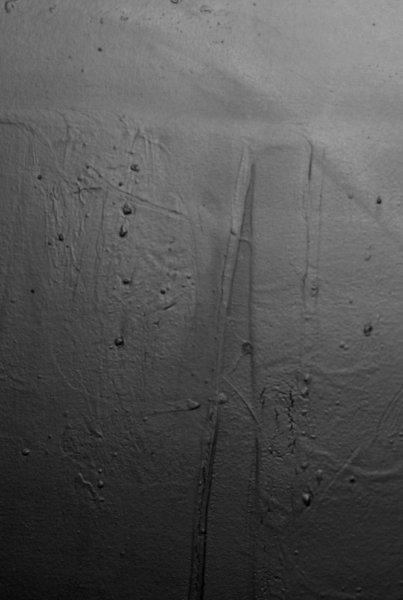Get 15% Off










 Save
SaveN1
| Year of creation | 2019 |
|---|---|
| Dimensions | 100 W × 100 H × 3 D cm |
| Type of art | painting |
| Style | contemporary art |
| Genre | genre |
| Materials | acrylic, canvas |
Description of the Artwork “N1”
N1 was fashioned from an old painted canvas that the author wanted to destroy beforehand. Destined to be burned, it will finally be saved and was covered with several layers of black. The desire not to be satisfied with what has always led Thomas Pourcelot Wonsungee to rethink his work, to criticize it, to destroy and reconstruct it. The appearance of burnt, blackened wood is reminiscent of the fire of an economic and social system which is in the process of self-destruction. This work calls for anarchy, destruction and the reconstruction of a new world.

Thomas POURCELOT, Taiwan
Born in France in 1979, Thomas Pourcelot returned to Taiwan in 2016 after three years spent in Riyadh. This stage in the Middle East can be added to the list of cities (Graz, Pointe-à-Pitre, Beijing, Seoul, and Kaohsiung) where he has lived during the last fifteen years. The artist often compares this itinerant mania to the "praise of flight" of Henri Laborit. Deconstructivism adapted to the real life, it is therefore a series of constructions, deconstructions and pragmatic regenerations which founded his life and career. Self-discovery, a quest for the meaning of his life, Thomas Pourcelot began painting as an escape fr om real life. Dichotomous personality and artist, torn between passion and reason, between conscious and unconscious desires, he asks himself how our choices are made as individuals and citizens, and tries to find a compromise between the two. Inspired by modern art, contemporary art but also by primitive arts, his works have been gradually oriented towards "semi-automatism" and abstract expressionism. His studies have not led him to explore the arts or his techniques, he is a self-taught artist who relies more on his feelings than on the "culture of the spirit". Jean Jacques Rousseau said: "I have but one faithful guide on which I can depend: this is the chain of the sentiments by which the succession of my existence has been marked ... I cannot be deceived in what I have felt, nor in that which from sentiment I have done; and to relate this is the chief end of my present work... " His approach here is largely empirical. Nothing is really premeditated. The canvas is built little by little, almost by itself, according to cravings, needs and accidents. The goal is neither to translate thoughts, emotions nor to convey a message, but rather a personal quest and an ontological approach. His personal experiences, his studies in the social and political sciences and his thoughts on the processes of artistic creation led him, in 2015, to plunge again into questions related to psychoanalysis, political philosophy or sociology. Who speaks in me? Wh ere do I go as an individual or as a social being? How does collective thinking evolve? What is its impact on our individual systems of values? Is human nature a fixed reality or a cultural construction? These questions, largely abandoned by our materialistic societies and only taken up by religions, are, for the artist, at the very heart of the stakes of our humanity.

